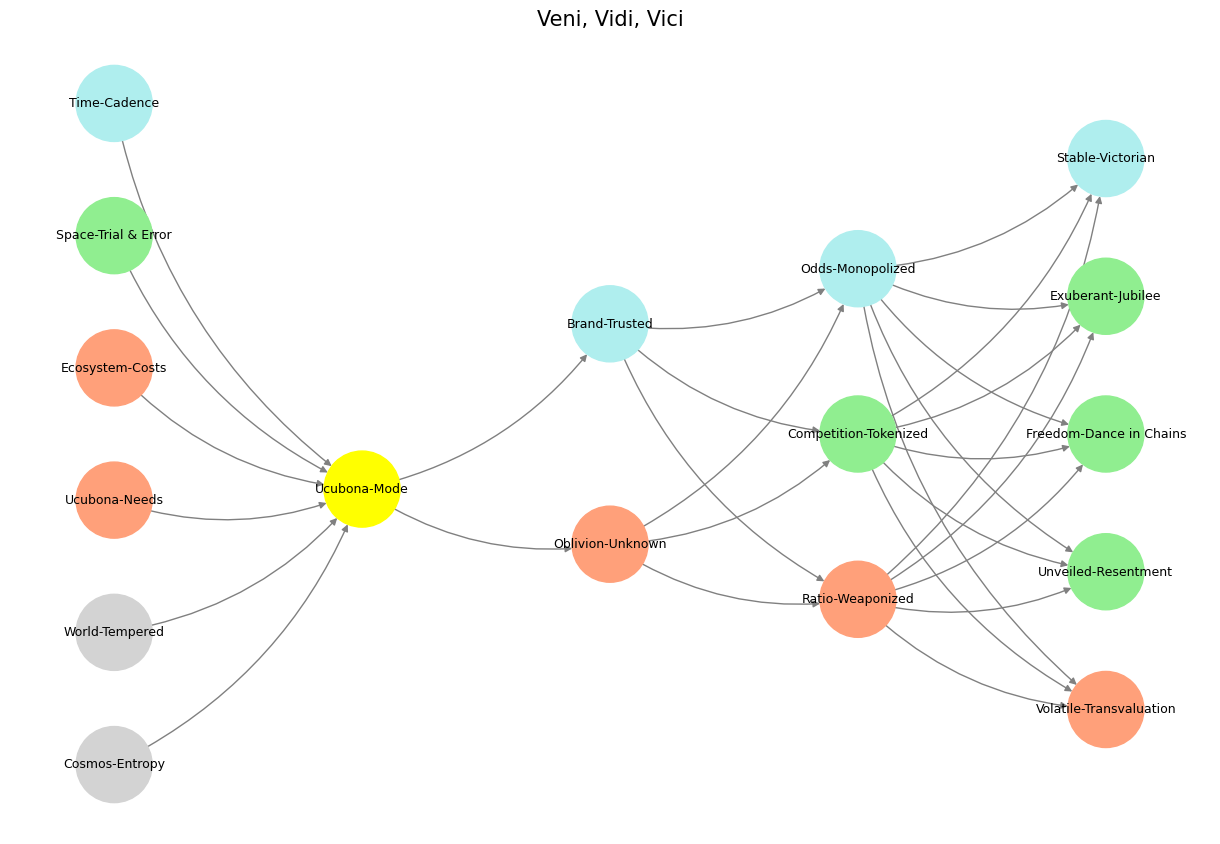Life ⚓️#
The protagonist of The Razor’s Edge by W. Somerset Maugham is Larry Darrell. An unconventional figure, Larry rejects the materialistic and socially prescribed trajectory of post-World War I America. Instead of accumulating wealth and status, as his fiancée Isabel and their circle expect, he embarks on a spiritual and existential journey, searching for meaning beyond the constraints of Western ambition. His path takes him from Paris to India, where he studies under a guru and experiences a form of enlightenment.
It’s a mistake to think that the Indians look upon the world as an illusion.
— Somerset Maugham
Larry serves as a counterpoint to the other characters—especially Isabel, who embodies the gravitational pull of conventional success and control. His refusal to conform renders him enigmatic, almost spectral in contrast to those anchored in social expectations. In this tension between material ambition and spiritual fulfillment, the novel locates its core struggle.

Fig. 3 Strategic Ambiguity. The Red Queen presents rather fascinating scenarios to us.#
The narrator of The Razor’s Edge is W. Somerset Maugham himself, appearing as a character within his own novel. This narrative choice transforms the book into a hybrid of fiction and memoir, with Maugham serving as both chronicler and participant, an observer who moves within the world he records.
His presence is detached yet incisive, bridging the reader to the novel’s deeper themes. He interacts with the characters—particularly Larry, Isabel, and Elliott Templeton—offering reflections on their choices and illuminating the philosophical currents beneath their actions. His position aligns with his real-life persona as a writer and traveler, reinforcing the novel’s examination of competing cultural and spiritual paradigms.
This self-insertion, an unusual device, allows Maugham to create an intimate yet objective vantage point on Larry’s odyssey. It also bolsters the novel’s credibility, weaving a subtle illusion that the story is drawn from lived experience rather than pure invention.
Type the word “Resign” into the “Subject” line of the email. Hit “Send”.
– Elon Musk
The structure appeals to us for one distinct reason: when faced with a fork in the labyrinth, one character takes the left (paleturquoise), the other the right (lightsalmon), leaving space for the author—or a third figure—to ascend like Icarus or burrow beneath like Elon. The hidden layer remains open, its traversal neither fixed nor foretold.
In all this, efficiency emerges as the way of the sheep, whereas exploration (high ecological cost function) is the way of the goat—especially if it has inadvertently chewed on some coffee beans. The difference is simple: sheep move toward predictable pastures; goats climb toward uncertain heights. The former optimizes for safety, the latter for discovery. Larry, naturally, is the goat.
Show code cell source
import numpy as np
import matplotlib.pyplot as plt
import networkx as nx
# Define the neural network fractal
def define_layers():
return {
'World': ['Cosmos-Entropy', 'World-Tempered', 'Ucubona-Needs', 'Ecosystem-Costs', 'Space-Trial & Error', 'Time-Cadence', ], # Veni; 95/5
'Mode': ['Ucubona-Mode'], # Vidi; 80/20
'Agent': ['Oblivion-Unknown', 'Brand-Trusted'], # Vici; Veni; 51/49
'Space': ['Ratio-Weaponized', 'Competition-Tokenized', 'Odds-Monopolized'], # Vidi; 20/80
'Time': ['Volatile-Transvaluation', 'Unveiled-Resentment', 'Freedom-Dance in Chains', 'Exuberant-Jubilee', 'Stable-Victorian'] # Vici; 5/95
}
# Assign colors to nodes
def assign_colors():
color_map = {
'yellow': ['Ucubona-Mode'],
'paleturquoise': ['Time-Cadence', 'Brand-Trusted', 'Odds-Monopolized', 'Stable-Victorian'],
'lightgreen': ['Space-Trial & Error', 'Competition-Tokenized', 'Exuberant-Jubilee', 'Freedom-Dance in Chains', 'Unveiled-Resentment'],
'lightsalmon': [
'Ucubona-Needs', 'Ecosystem-Costs', 'Oblivion-Unknown',
'Ratio-Weaponized', 'Volatile-Transvaluation'
],
}
return {node: color for color, nodes in color_map.items() for node in nodes}
# Calculate positions for nodes
def calculate_positions(layer, x_offset):
y_positions = np.linspace(-len(layer) / 2, len(layer) / 2, len(layer))
return [(x_offset, y) for y in y_positions]
# Create and visualize the neural network graph
def visualize_nn():
layers = define_layers()
colors = assign_colors()
G = nx.DiGraph()
pos = {}
node_colors = []
# Add nodes and assign positions
for i, (layer_name, nodes) in enumerate(layers.items()):
positions = calculate_positions(nodes, x_offset=i * 2)
for node, position in zip(nodes, positions):
G.add_node(node, layer=layer_name)
pos[node] = position
node_colors.append(colors.get(node, 'lightgray'))
# Add edges (automated for consecutive layers)
layer_names = list(layers.keys())
for i in range(len(layer_names) - 1):
source_layer, target_layer = layer_names[i], layer_names[i + 1]
for source in layers[source_layer]:
for target in layers[target_layer]:
G.add_edge(source, target)
# Draw the graph
plt.figure(figsize=(12, 8))
nx.draw(
G, pos, with_labels=True, node_color=node_colors, edge_color='gray',
node_size=3000, font_size=9, connectionstyle="arc3,rad=0.2"
)
plt.title("Veni, Vidi, Vici", fontsize=15)
plt.show()
# Run the visualization
visualize_nn()


Fig. 4 How now, how now? What say the citizens? Now, by the holy mother of our Lord, The citizens are mum, say not a word.#

